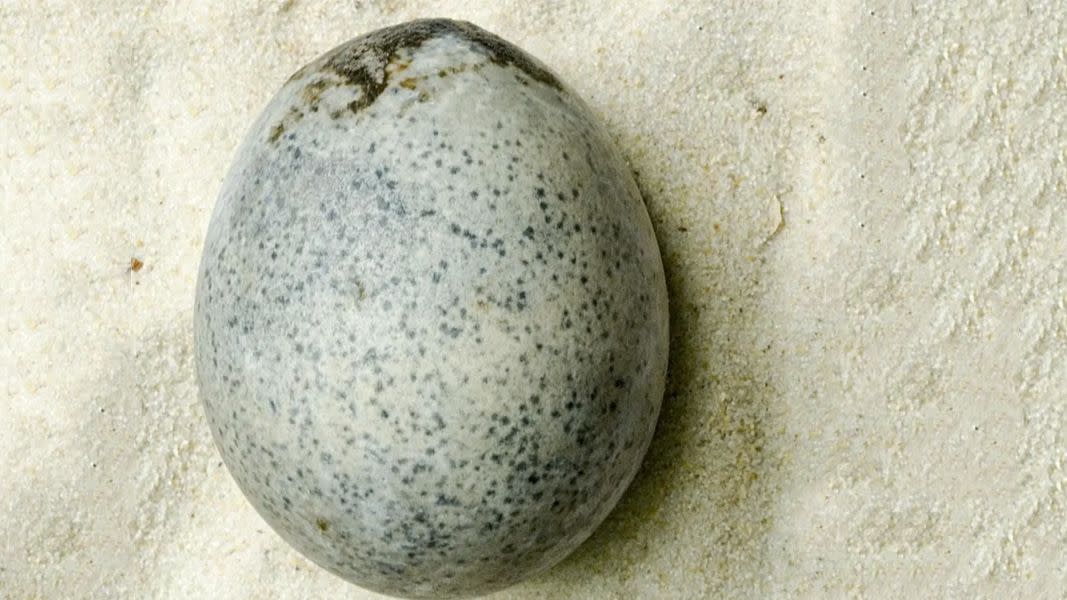Archaeologists Found an Ancient Roman Egg—and the Original Liquid Was Amazingly Inside

"Hearst Magazines and Yahoo may earn commission or revenue on some items through these links."
An archaeological excavation in Britain unearthed the only intact chicken egg from Roman Britain, believed to be 1,700 years old.
The “genuinely unique discovery” still contains the yolk and egg white.
Finding an intact egg that old is rare in and of itself, but seeing liquid inside is astounding.
An archaeological dig in Britain’s Buckinghamshire recently hatched something the world has never seen before: a fully intact egg at least 1,700 years old. It’s the oldest unintentionally preserved egg in the world, and if that’s not enough, researchers found that the egg remains completely full of its original liquid.
“The fact that the egg still retains its original contents, however, is absolutely incredible,” said Edward Biddulph, senior project manager of Oxford Archaeology, according to the BBC. “We were absolutely blown away when we saw the contents in there, as we might have expected them to have leeched out.”
The archeological dig that produced the egg occurred sometime between 2007 and 2016, before the site—located in what is now a housing development at Berryfield in Aylesbury—was fully developed. The findings weren’t made public until 2019, and research on the intact egg wasn’t carried out until 2023, when a micro-CT scan was performed at the University of Kent.
“It produced an amazing image that indicated that the egg, apart from being intact—which is incredible enough—also retained its liquid inside, presumably deriving from the yolk, albumen, etc...” Biddulph said.
Likely at least 1,700 years old, the researchers believe this to be the oldest unintentionally preserved egg in the world, with the only intact liquid center of any egg of its age. While there are some mummified eggs from ancient Egypt kept safe in museums, their survival was far from unintentional.
The egg was originally found in a large waterlogged Roman pit, according to a statement from the Buckinghamshire Council. In that pit—originally used for malting and brewing beer before it likely turned into a site for offerings—was a woven basket, pottery, coins, leather shoes, animal bones, and a cache of speckled eggs. The eggs were deemed a “rare and exciting find,” and that’s before researchers knew what one of them held.
Their fragile nature, though, brought about the demise of all but one of the four eggs. During excavation, three of the eggs broke and produced quite the sulphureous aroma. Just this one egg, believed to be a chicken egg, was saved for study.
“The egg ranks as one of the coolest and most challenging archaeological finds to investigate and conserve,” said Dana Goodburn-Brown, archaeological conservator and materials scientists, according to The Guardian.
Investigating the egg—which traveled from Kent to London’s Natural History Museum, and now to Discover Bucks Museum in Aylesbury—isn’t done yet. Researchers hope to extract the inside of the egg without breaking the shell in order to study the contents even further. The hope is to find out more about its origins and the bird that laid it.
“There is huge potential for further scientific research,” Biddulph said, “and this is the next stage in the life of this remarkable egg.”
You Might Also Like

